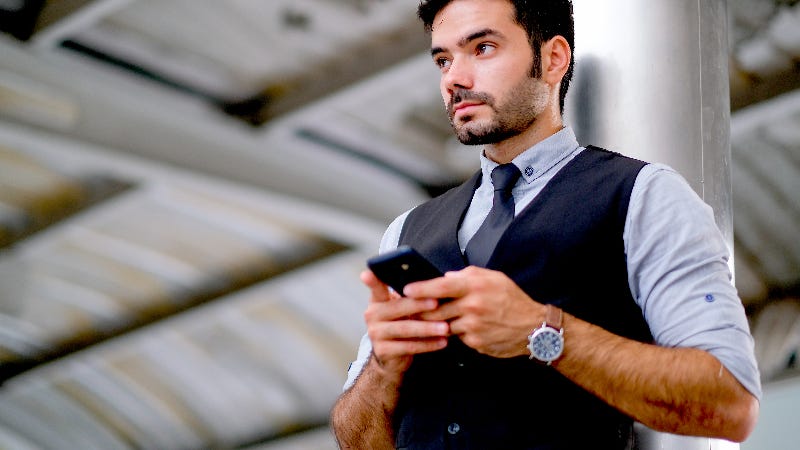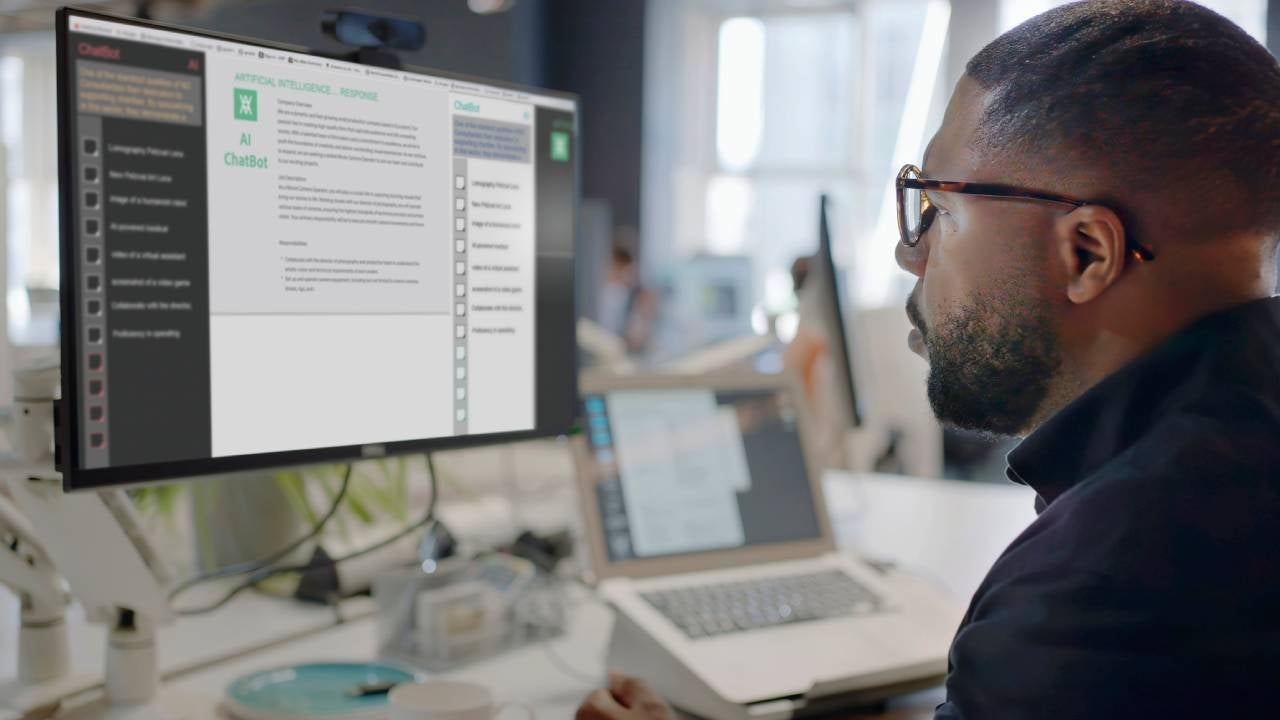80% of financial app users admit not fully realizing their banking credentials are shared: Survey

Right now, millions of bank customers are using third-party apps like Acorns and PayPal’s Venmo to help them manage their money, invest, borrow and send payments to people they know and trust.
These kinds of apps help make our financial lives easier but they usually aren’t owned by banks. For the digital services to work, they need your banking data and often require you to share the keys to your most important digital portal: your bank account. But there is a big disconnect. Most bank customers who are using these popular apps aren’t aware of what they’re giving away, according to a new report from The Clearing House.
Of the 54 percent of bank customers who used outside apps at least once in the past year, the survey found that the vast majority (80 percent) of consumers do not realize that the fintech app or third-party data aggregator may store their bank account username and passwords. Total sample size for the survey was 3,967 U.S. banking customers — 1,999 financial app users and 1,968 non- financial app users.
Ben Isaacson, senior vice president of product strategy at The Clearing House, says the reasons for the confusion likely relates to the speed in which we sign up for apps and the design of the apps themselves. For example, third-party apps will ask for your bank credentials while displaying your bank’s logo and colors.
“You might think ‘Oh, I’m actually connecting directly to a bank,’” Isaacson says. “They don’t necessarily realize that the bank actually has nothing to do with that.”
It’s also all too easy to forget about an app that you signed up for years ago that could still be logging into your bank account to collect data years later, he says.
[READ: 5 apps that help you save money]
Make no mistake: Data-sharing with outside apps is here to stay
We aren’t going back to a time where we don’t share our bank data. We would rather hand over our bank data to, say, pay a friend back quickly or automate our savings than not. Yet, some believe the risks for consumers handing bank data over to outside apps are many, including the ambiguity of determining the party that is liable if something goes awry.
The good news is that banks, which are in the business of guarding your assets, have been working on ways to help you share your data with apps you want to use in safer ways for years. Approaches vary, but the big idea is to let you use the apps you want without requiring you to hand over your bank login credentials to an outsider.
For the industry, these efforts represent a profound change: While banks may get money from their partners, the data-sharing deals force them to give customer insight to potential competitors and to iron out liability details of which company is responsible if there’s a hack.
For bank customers, the efforts represent an additional safeguard for something we already do anyway and could also help improve our digital experience on third-party apps. The old data-sharing model, called screen scraping, inevitably breaks down for a number of reasons — the bank may have updated its tech or it may have blocked access to a third-party app or something else altogether. With a more reliable way to share data, our favorite fintech apps ought to work better, too.
[COMPARE: Best online savings accounts]
Three ways to reduce data-sharing risks right now
If you’re worried about your bank data when using your favorite fintech apps, there are several strategies you can employ right now to help protect yourself.
1. Educate yourself
While 79 percent of consumers don’t read the terms and conditions of a financial app according to The Clearing House’s report, we ought to read up. In the app’s disclosures, you can find information on what data the app is collecting and for how long.
2. Check to see if your bank shows you where you shared your data
The big banks, like Wells Fargo, Chase and Citi, offer a digital dashboard to help you recall which app has which data.
3. Change your online bank account password
Update your bank passwords to undo the connections you signed up for but may have forgotten about. “If you change your bank password, they will not be able to get your bank data anymore until you individually go back in and give them your password,” Isaacson says.
Create a free Bankrate account to get expert advice, personalized lending offers and other resources tailored to your unique financial goals.
Learn more:
- Is your money-management app safe? Here’s why people are concerned about their privacy
- Forgot who has your payment data? Your Wells Fargo app now tells you
- How open banking could change the financial services industry
You may also like

How to track your finances: Banking vs. third-party apps





